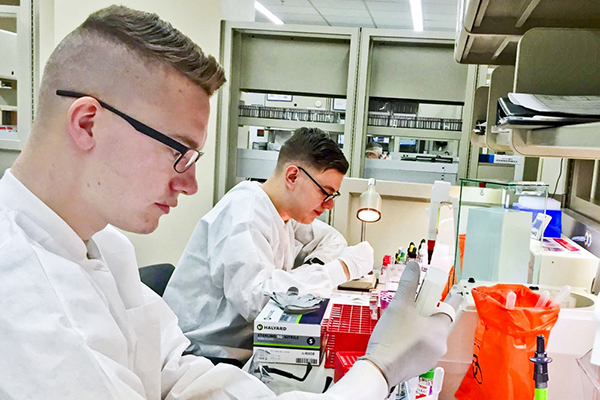
Greater Killeen Chamber of Commerce (TX) – Labor Force Impact Study
Challenge
Fueled by troop movement at Fort Hood—Texas’ largest single-site employer – and expansion in the regional medical industry, the Greater Killeen area has experienced significant population growth over the past several decades. As the region continues to expand, it increasingly competes with the diverse amenities and higher wages offered by the state’s major metropolitan areas. Regional leaders wanted a better understanding of the area’s future labor force needs to help focus workforce training, direct talent retention and recruitment efforts, prepare for continued growth, and position the region relative to the competition.
Response
The Greater Killeen Chamber of Commerce, with support from the Central Texas Workforce Board (CTWB) and the Heart of Texas Defense Alliance, engaged TIP Strategies to conduct a labor force impact study. As a foundation for the study, TIP prepared an overview of the region’s healthcare workforce that looked at national trends affecting growth in the sector, explored relevant educational and training offerings, and documented more than $3 billion in planned investment in medical facilities along the I-35 corridor. The second phase focused on identifying potential impacts of troop movement at Fort Hood and providing strategies for addressing them. Impacts were modeled using an input-output model (IMPLAN) to estimate the number of indirect and induced jobs added to the seven-county workforce development area by occupation as a result of changes in force at the post. The analysis was linked with a “pipeline mapping” exercise targeting four critical occupational needs identified by CTWB: customer service, education, medical, and licensed special trades. Insights from both phases were used to prepare talent management strategies in two major areas. The first area focused on enhancing the ability of local communities to attract, develop, and retain talent, including launching a talent-themed brand based on regional assets (such as Fort Hood, higher education offerings, and an affordable lifestyle). The second set of strategies were aimed at supporting employer-based initiatives, including organizing collaborative, sector-specific working groups; training human resource professionals on effective talent management approaches; and creating an online centralized recruitment resource for key sectors.